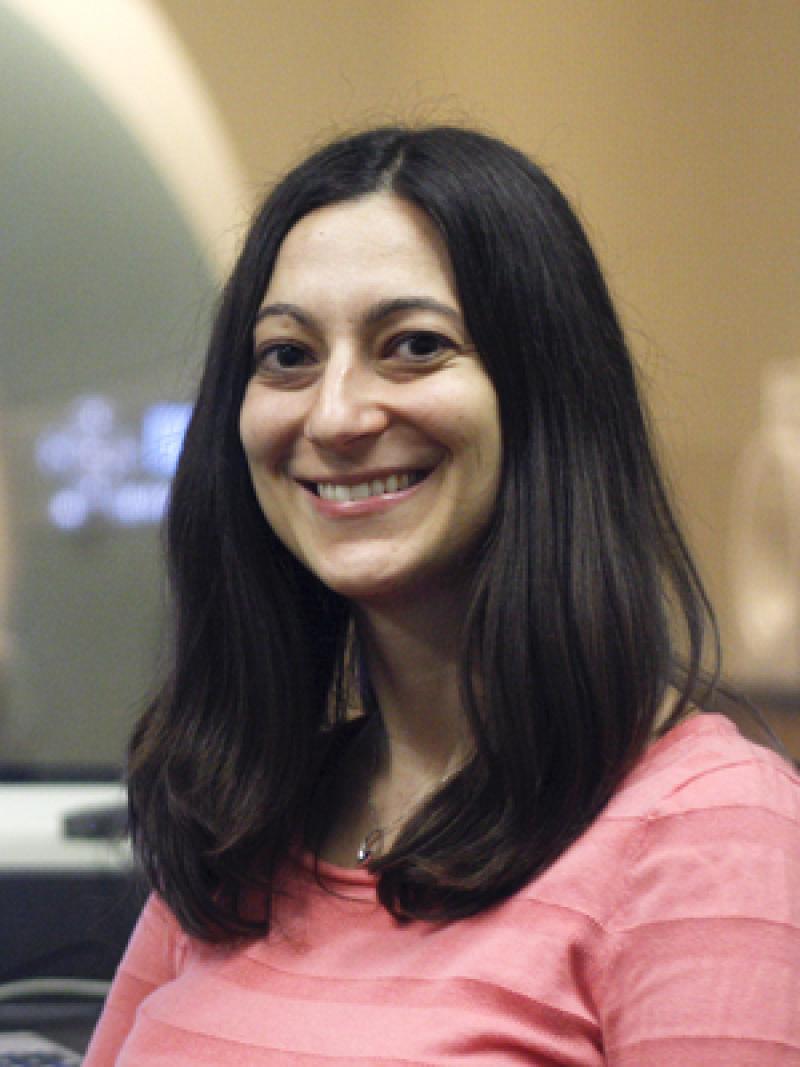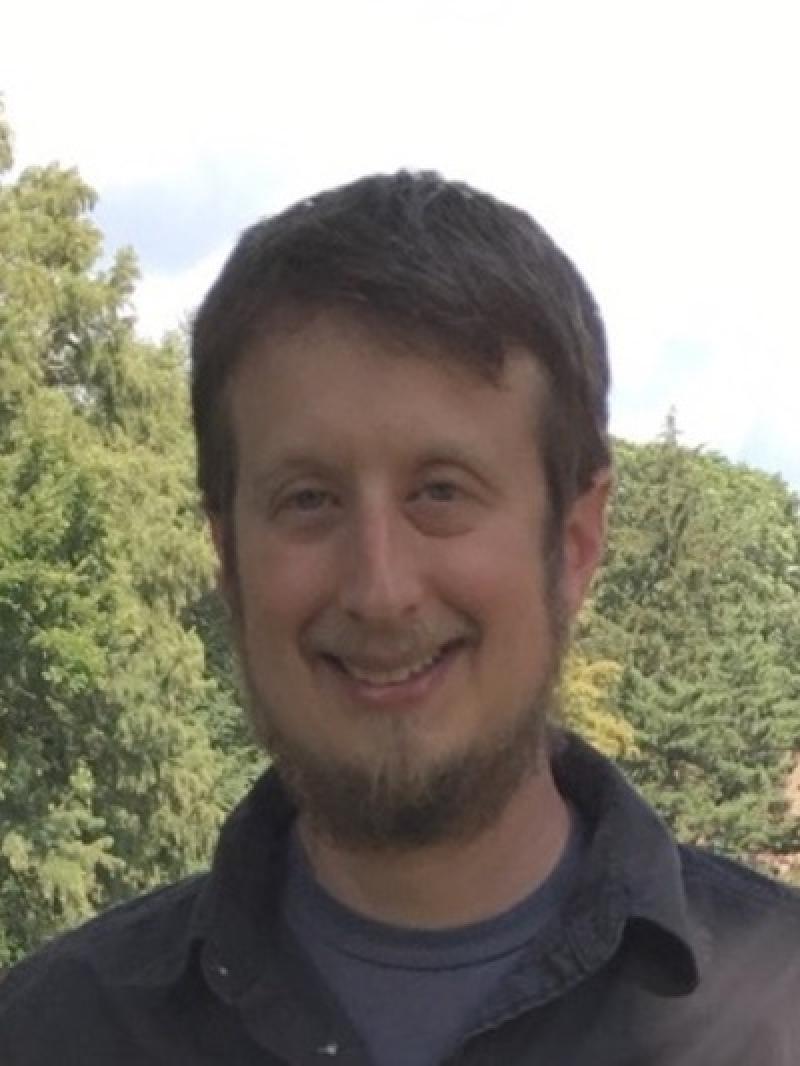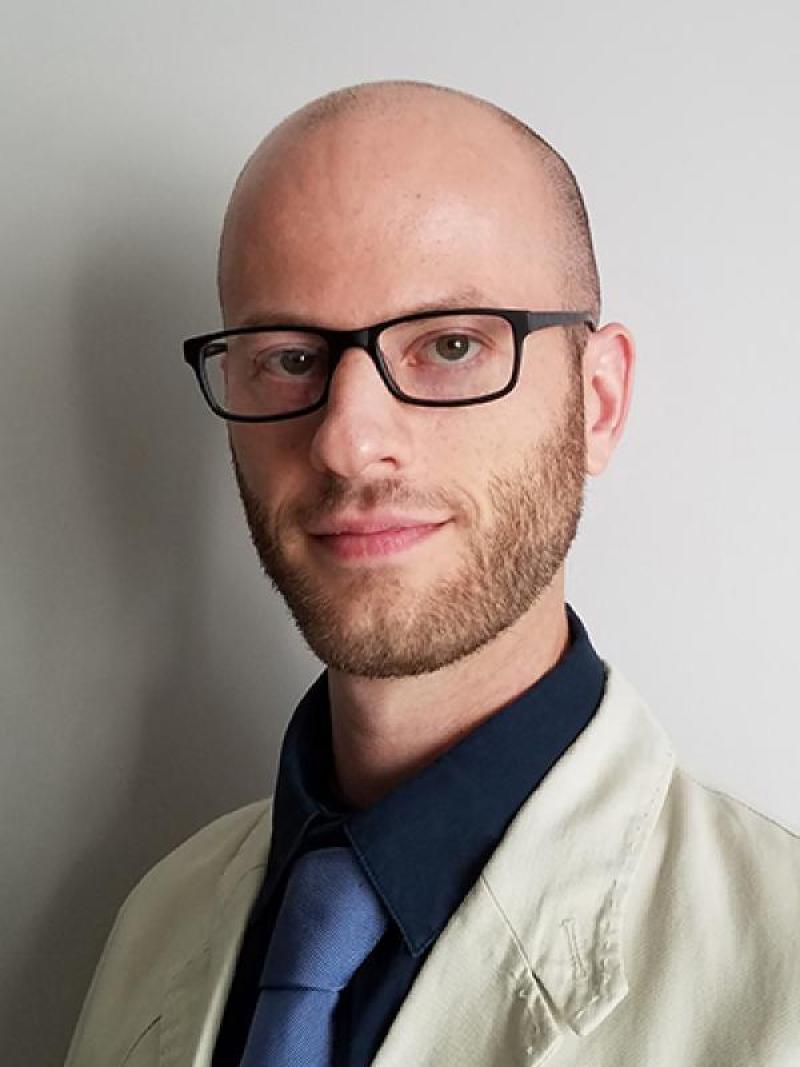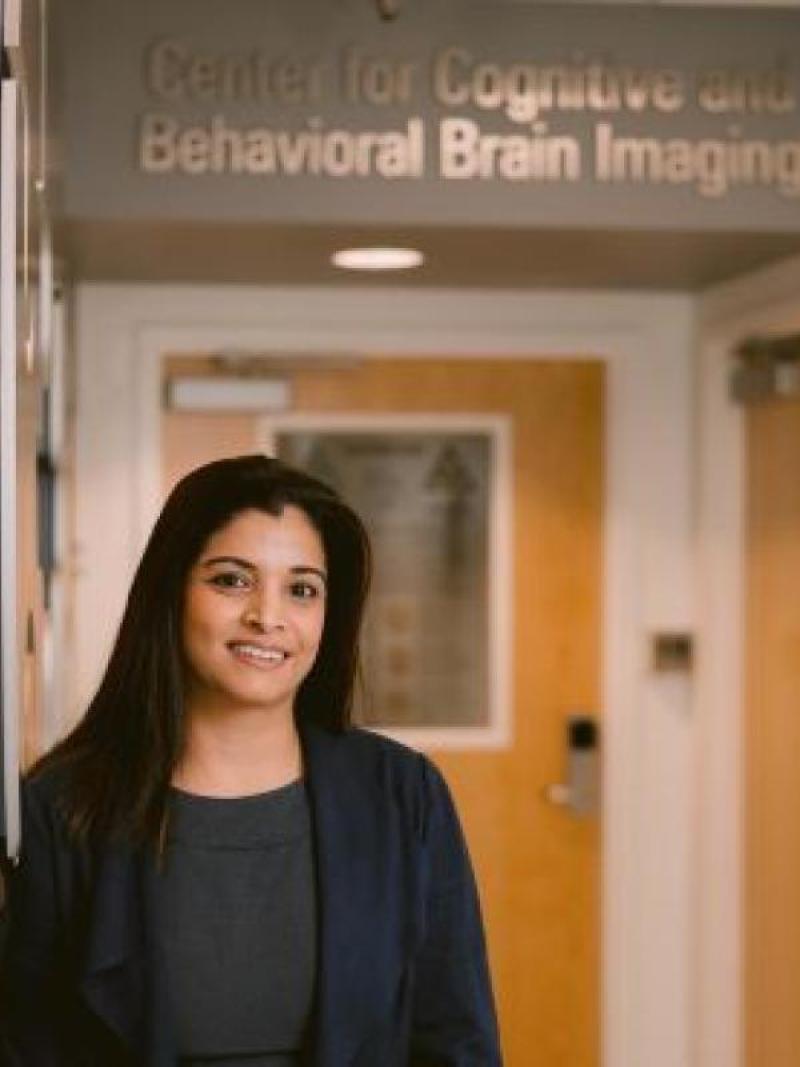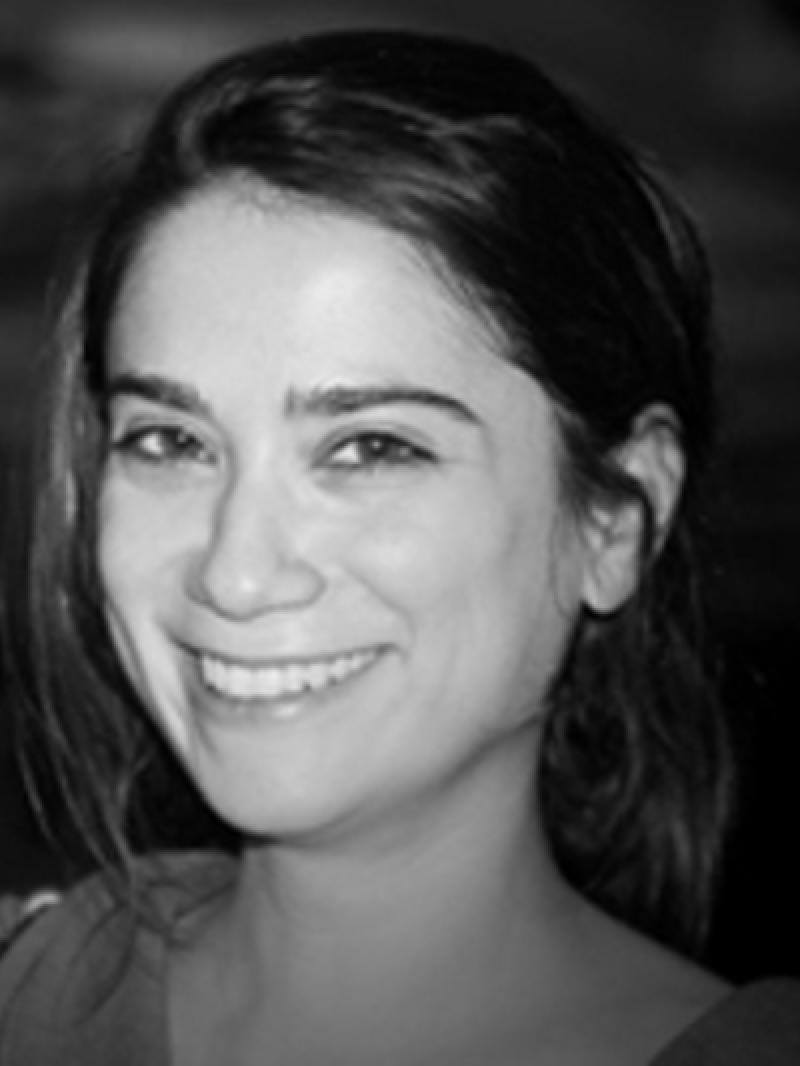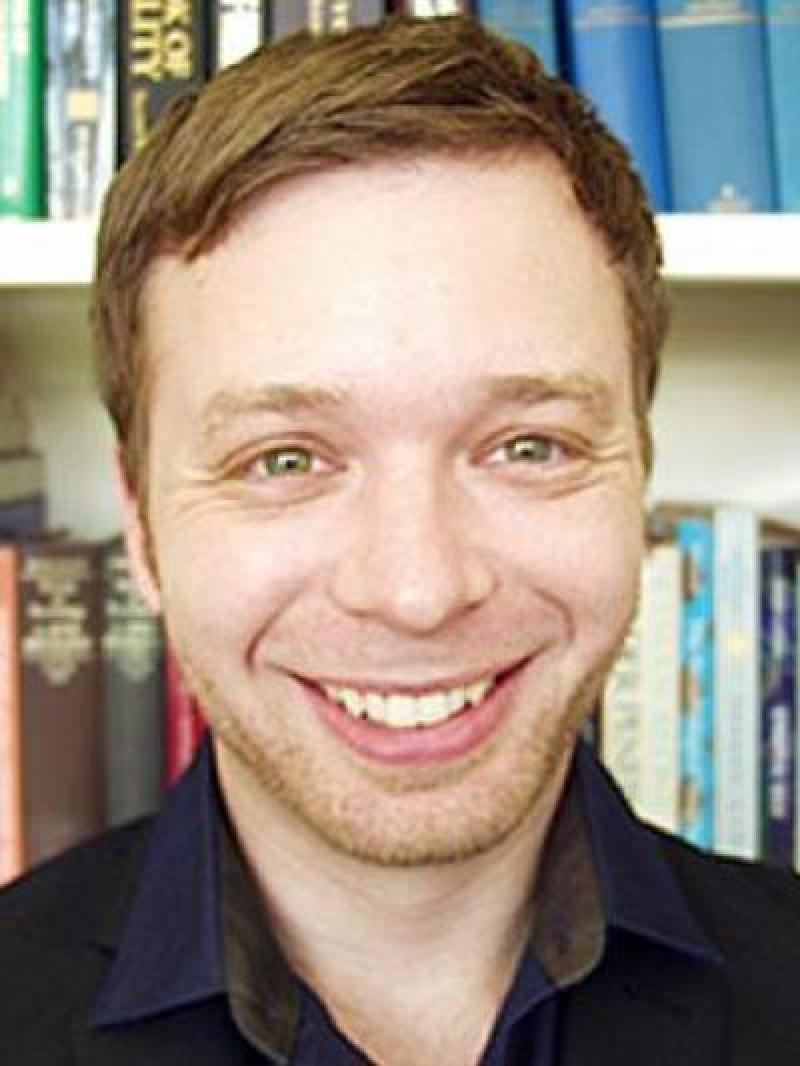For more detailed information about program requirements and expectations, review the program handbook.
Overview
Cognitive Neuroscience is one of two cross-area training programs in the Department of Psychology. It is geared towards students who study the human mind and brain from a variety of perspectives, with a special emphasis on sophisticated training in neuroimaging methods and analysis. Students receive training in a variety of research methods, including functional magnetic resonance imaging (fMRI), electroencephalography (EEG), transcranial magnetic stimulation (TMS), and computational modeling. They also receive training in a theoretical domain of their choosing, such as Cognitive Psychology, Developmental Psychology, Clinical Psychology, or Social Psychology.
Along with program faculty, Cognitive Neuroscience students pursue wide-ranging research interests, including visual perception and cognition, memory and learning, computational cognitive neuroscience, social and affective cognitive neuroscience, developmental cognitive neuroscience, and clinical cognitive neuroscience. By drawing on expertise across the department, the program offers both breadth and depth of training in the practical and theoretical aspects of cognitive neuroscience. Students produce exciting new research and graduate with all the tools to be successful, independent cognitive neuroscientists.
Qualifications
Prospective students to the Cognitive Neuroscience program are evaluated holistically based on a combination of factors. Strong applicants typically have some prior research experience in cognitive neuroscience or a related field, strong grades and recommendation letters, demonstrate high motivation and independent critical thinking, and have research interests matching a core lab(s) in our program. For several labs, computer programming and computational skills are also important. Prospective students are encouraged contact the core faculty they are interested in working with for further guidance.
Program of Study
The Cognitive Neuroscience cross-area training program is designed to be completed in five years. During years one and two, students complete core coursework, a first-year research project and a Master's thesis. After successfully completing a candidacy examination at the end of year three, students are admitted to a PhD candidacy. They typically spend an additional one to two years completing their doctoral dissertation.
Coursework
Required core coursework in the Cognitive Neuroscience program includes:
- A first-semester survey course, Psych 6880: Techniques and Topics in Cognitive Neuroscience
- Psych 6810 and Psych 6811: Statistical Methods in Psychology I and II
- One neuroimaging experimental methods course, such as Psych 5425: Introduction to Functional Magnetic Resonance Imaging
- One analysis methods course, such as Psych 6650: Seminar in Advanced fMRI Analysis Techniques
- At least two additional courses in the theoretical domain of their choosing
Students are also encouraged to seek out other courses taught by Cognitive Neuroscience program faculty, and/or other courses in psychology, neuroscience, statistics, computer science, etc.
Additionally, all Cognitive Neuroscience students are expected to attend the weekly CogNeuro brownbag. Brownbag meetings include faculty and study research talks, professional development opportunities, fMRI user workshops, and responsible research practice.
Research
Cognitive Neuroscience students join a lab and become involved in research the moment they begin the graduate program. They train in a variety of research methods, including functional magnetic resonance imaging (fMRI), electroencephalography (EEG), transcranial magnetic stimululation (TMS) and computational modeling. Research requirements of the Cognitive Neuroscience program include the first-year project, the Master's thesis, and the dissertation.
Please visit the Core Faculty webpages below to learn about some of the exciting cognitive neuroscience research being done at Ohio State!
Facilities and Equipment
Cognitive Neuroscience students have access to cutting-edge research technologies, including state-of-the-art imaging equipment in The Center for Cognitive and Behavioral Brain Imaging (CCBBI), one of several interdisciplinary centers affiliated with the Department of Psychology. CCBBI houses a newly upgraded Siemens Prisma 3 Tesla MRI scanner with an integrated Total Imaging Matrix (TIM) system, a 32-channel phase array receiver head coil, and all the necessary ancillary equipment and expertise to carry out high-quality structural, functional, and diffusion imaging studies. It also has a high-performance MagVenture TMS system. The CCBBI is conveniently located in the basement of the Psychology Building.
Additionally, Cognitive Neuroscience students use the Department of Psychology's EEG facility, which contains two electromagnetically-shielded and sound-attenuated testing rooms, each with its own Brain Products active-electrode EEG system (128 channels).
Concentration Option
Students enrolled in other graduate programs within the Department of Psychology can also complete a concentration (minor) in Cognitive Neuroscience. To do so, they must complete three courses offered through the Cognitive Neuroscience program:
- A first-semester survey course, Psych 6880: Techniques and Topics in Cognitive Neuroscience
- Two semesters of the weekly CogNeuro brownbag
- One additional course offered through the program
Core Faculty
